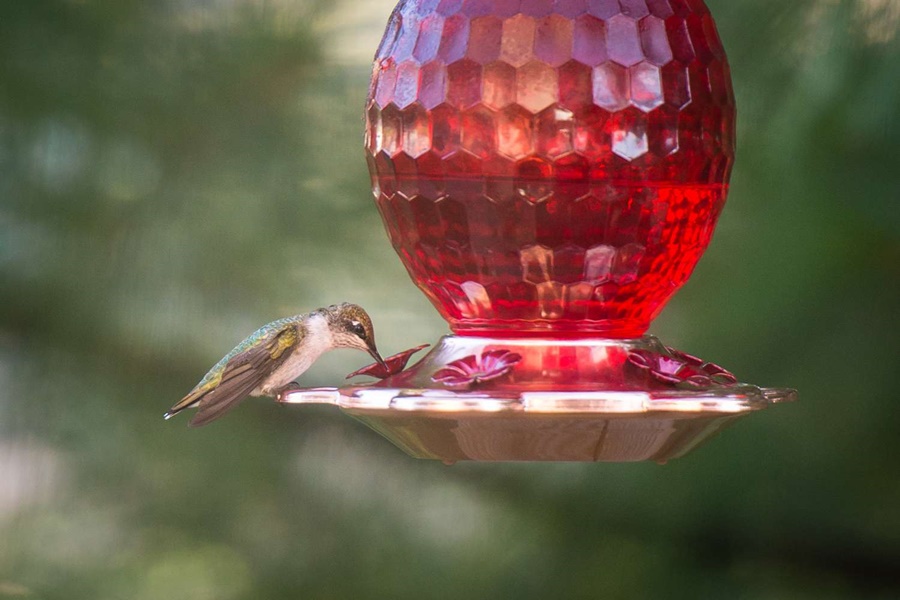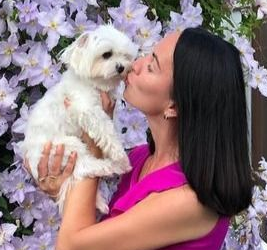Hummingbirds are among the most fascinating birds in the world tiny, fast, and brightly colored, with an incredible ability to hover and fly backward. If you’re trying to attract them to your garden, you might be wondering: Do hummingbird feeders need to be red? This article explores the science, myths, and practical tips behind using color to attract hummingbirds.
Why Is Red Associated with Hummingbirds?
Hummingbirds have excellent color vision and are particularly attracted to bright colors, especially red. The reason lies in both evolution and behavior:
- In nature, many nectar-producing flowers are red or bright orange. Over time, hummingbirds have evolved to associate these colors with a reliable food source.
- Unlike bees, which struggle to see red, hummingbirds can perceive it vividly.
- Bright colors stand out in their environment, making it easier for the birds to spot potential feeding areas while flying at high speeds.
- Because of this, red has become the go-to color for feeders and artificial nectar sources.
Do Feeders Have to Be Red?
No, but it helps.
While red is not absolutely required, having red on the feeder can significantly increase your chances of attracting hummingbirds. Here’s what matters:
- Red elements, such as the lid, base, or flower ports, are usually enough to get a hummingbird’s attention.
- The feeder doesn’t need to be completely red—just visible red accents will do.
- If your feeder is not red, you can tie a red ribbon nearby, or place it close to red flowers to catch their attention.
Avoid Red Dye in the Nectar
One important note: Never add red food dye to hummingbird nectar.
- Red dye can be harmful to hummingbirds’ kidneys and overall health.
- It offers no nutritional benefit and is unnecessary if the feeder already has red parts.
- The safest and most effective nectar recipe is simple: 1 part white sugar to 4 parts water, boiled and cooled before use.
Are Other Colors Effective?
Though red is the most effective color, hummingbirds can be attracted to other bright hues, especially:
- Orange
- Pink
- Bright purple
- Yellow (though sometimes this may attract bees and wasps as well)
- Still, red remains the most reliably successful color in drawing hummingbirds, which is why most commercial feeders are designed with red components.
How to Make a Non-Red Feeder Work
If you already have a hummingbird feeder that lacks red coloring, here are a few tricks to enhance its attractiveness:
1. Attach red decorations – Use red ribbon, tape, or paper nearby.
2. Surround it with red flowers – Natural color helps draw attention.
3. Hang near other red objects – A red plant pot or wind spinner can help.
4. Ensure the feeder is visible – Place it where sunlight can reflect and catch the birds' eye.
Conclusion
While a hummingbird feeder doesn’t have to be red, adding red to the feeder or surrounding area is highly beneficial for attracting these curious and energetic birds. Avoid artificial red dyes in nectar, and focus instead on visual cues that signal a food source to hummingbirds.
By understanding what attracts them and how they see the world, you can enjoy the delightful presence of hummingbirds in your garden all season long.


